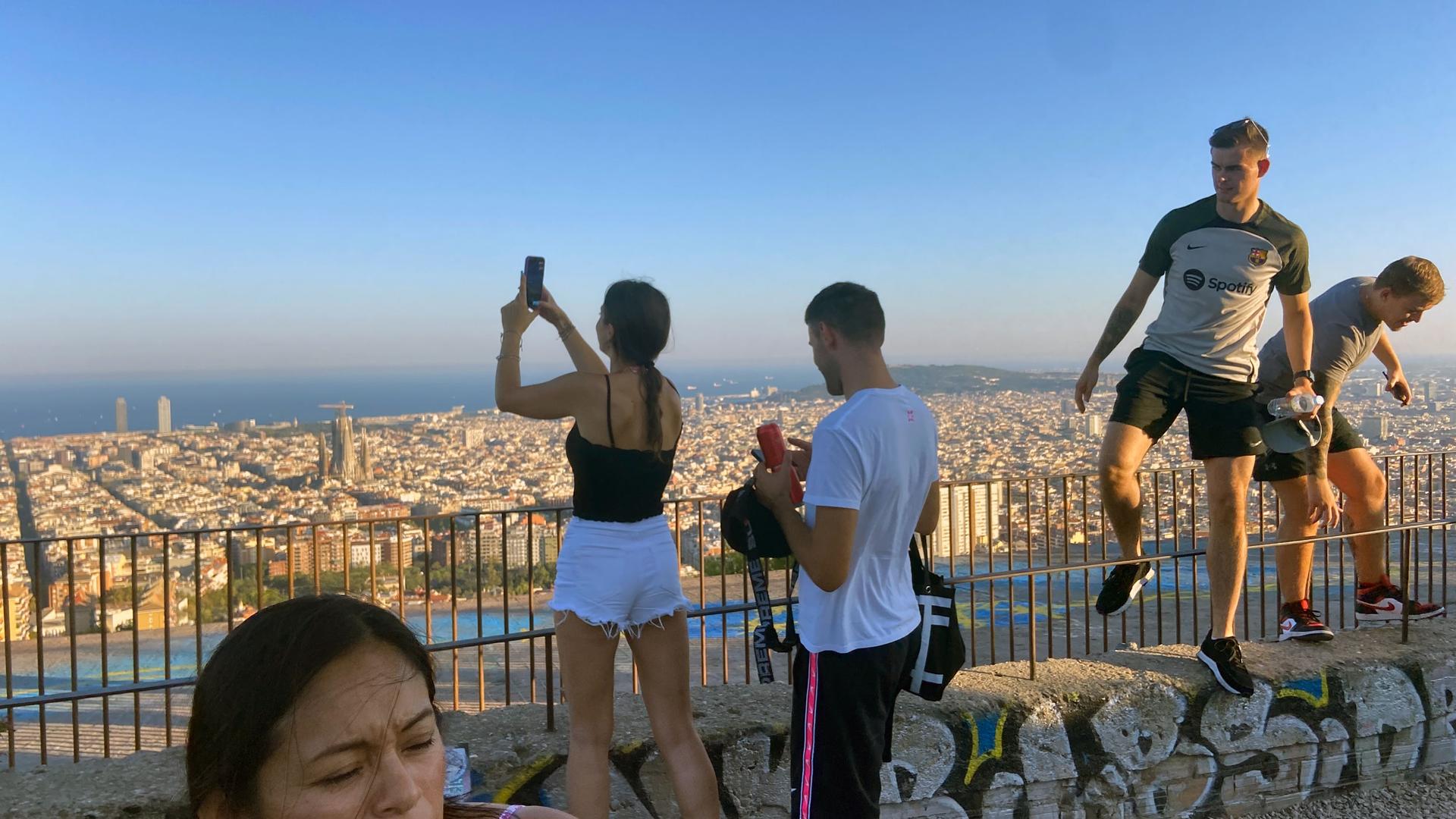Toni Merino’s downtown deli in Barcelona, Spain, has been around for over a century, offering expensive cheese, Iberian ham and wine.
Sales were way off this year, he said. He has noticed an uptick in visitors lately, but he said that many come in just to check out its ornate interior — and take selfies. With hardwood shelves and marble countertops, the place is something of a bygone era.
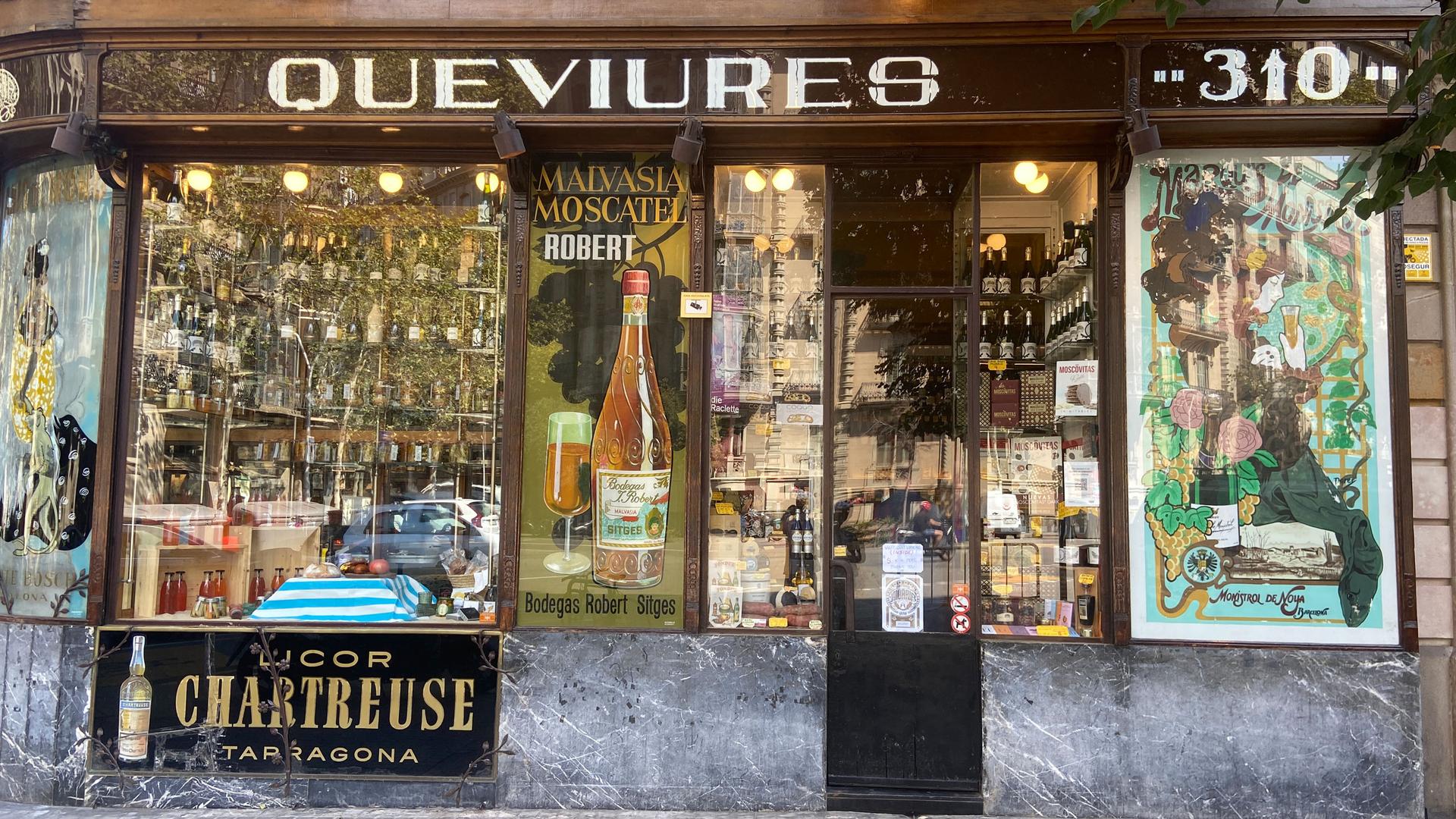
Spain’s on the rebound with tourism after huge losses during the pandemic. Those who work in the tourism business are relieved. But visitors are back with a vengeance and they’re not always well-behaved — irking locals who miss the quieter days of confinement.
One day, Merino said he came out of the storeroom and saw a few men setting up a tripod in the middle of the store. They were speaking English, he said, and filming. Then, they just left.
“It was becoming a zoo,” he said. “They weren’t even saying hello.”
Merino, fed up, a few months back, went into his office and wrote up a little sign. It’s still there, taped to the glass door: “Just looking,” it reads, “€5 per person.”
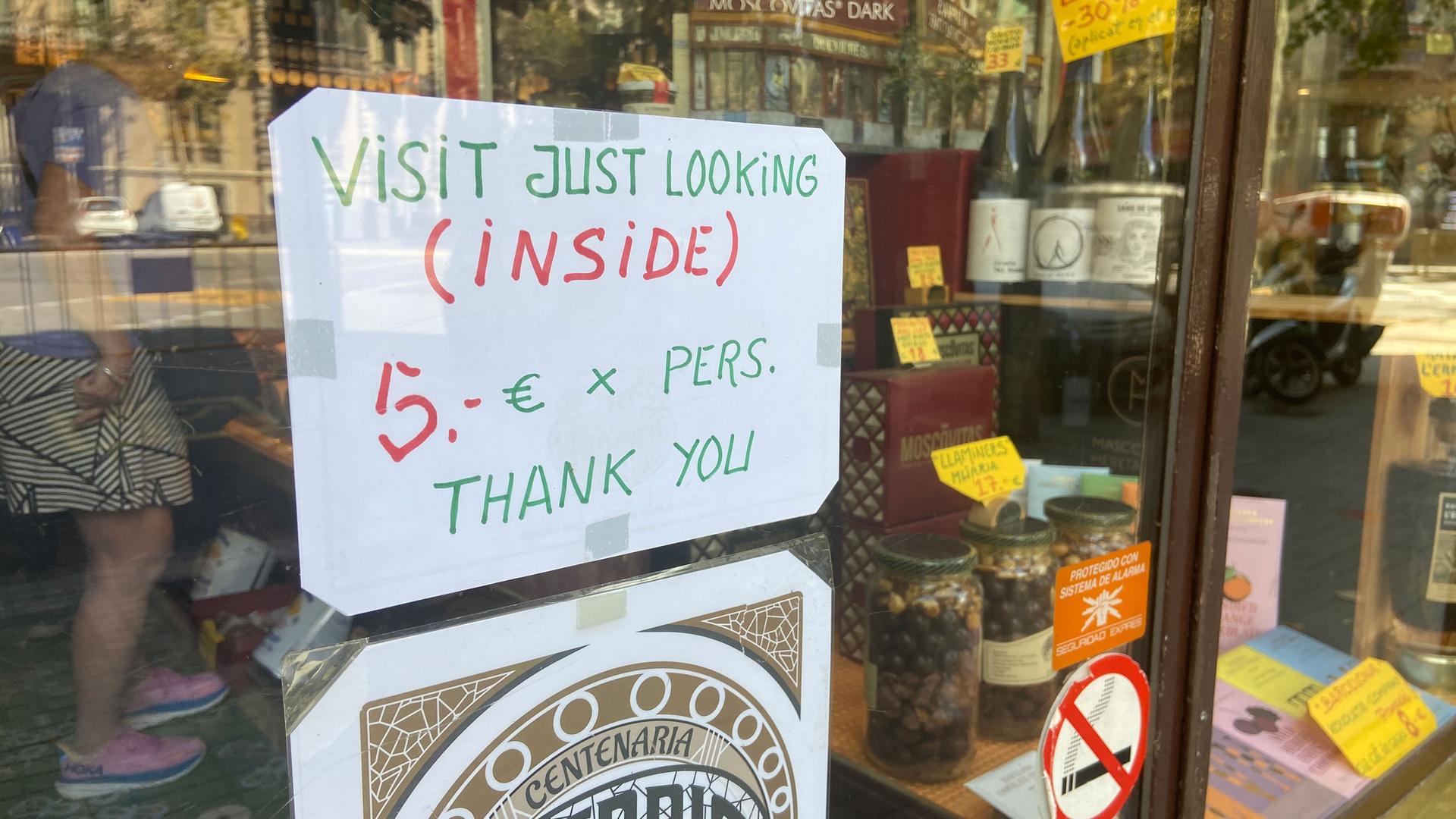
“We’ve never had to charge anyone,” Merino said, but tourists got the message.
“No one’s taking selfies anymore,” he said. “Our clients are really grateful they don’t have to wait for the tourists to leave just to come in.”
Like nearly everyone in Barcelona, Merino’s not against tourists. He said he is just against too many of them and their sometimes less-than-civil behavior.
This summer, a crowd of tens of thousands of revelers cheered on a drunken tourist in his underwear. It was shown on Spanish TV, with the guy standing in a public fountain swinging a street sign over his head.
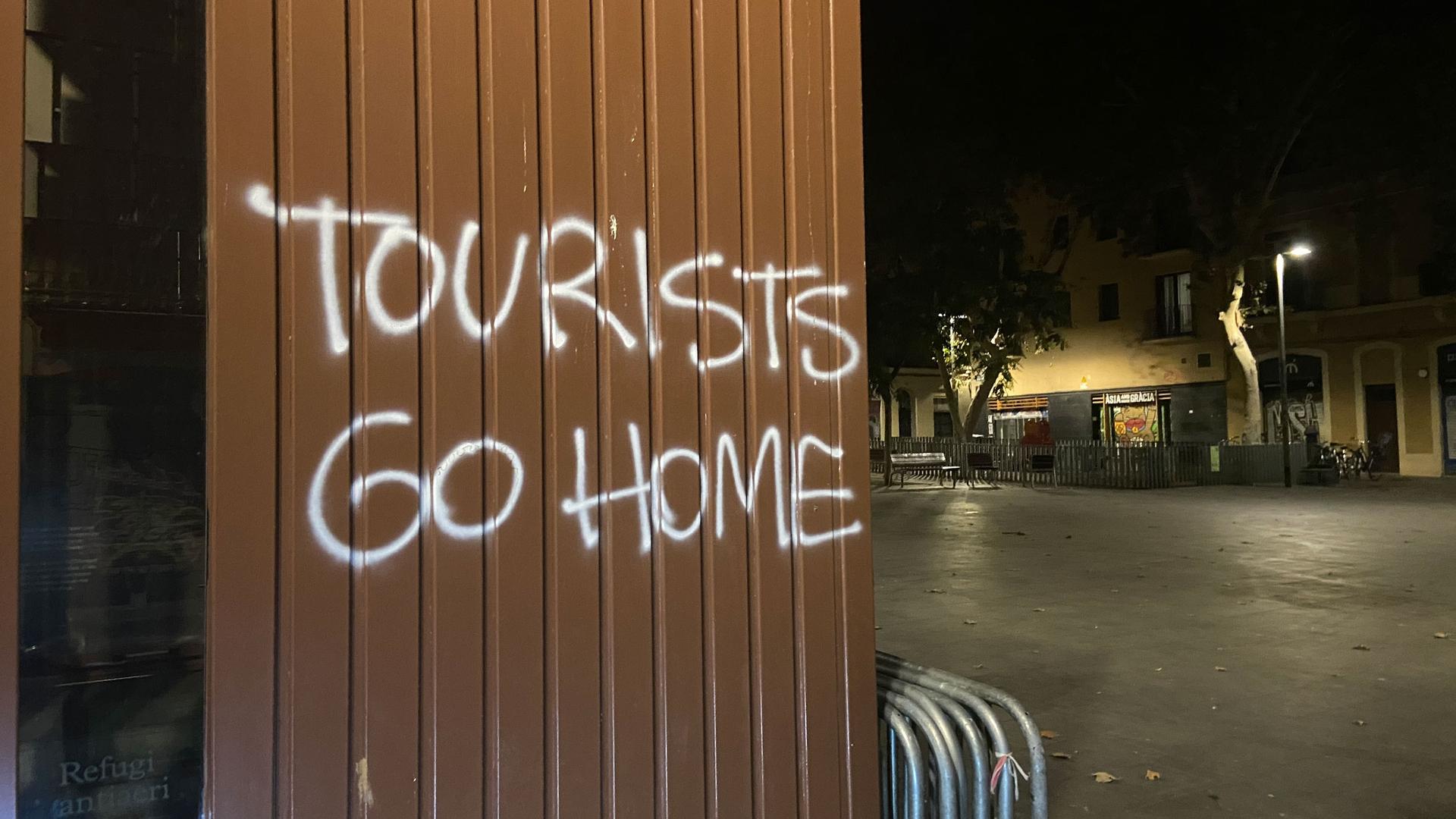
For better or worse, tourism in Spain is back. The country is on track to receive more than 83 million tourists this year. That was the record set just before the pandemic. It’s nearly twice Spain’s population.
It’s bringing moments of mayhem, but it’s also putting a lot of money in people’s pockets, from apartment renters to cab drivers to owners of tourist drinking holes.
One place where visitors drop lots of dough is along Barcelona’s famous downtown esplanade, Las Ramblas.
This summer, it has three times the officially allowed number of outdoor restaurant seats. Owners are willing to risk the fines, and it’s clear why. At a tourist spot where everyone’s drinking sangria, a large glass is a whopping $22.
The Las Ramblas is tourist-central, but aided by online “top 10” listicles, festive foreigners are making their way into neighborhoods way off the beaten path.
On a Barcelona hilltop known as the Bunkers, police come in daily to kick out the mostly young partiers.
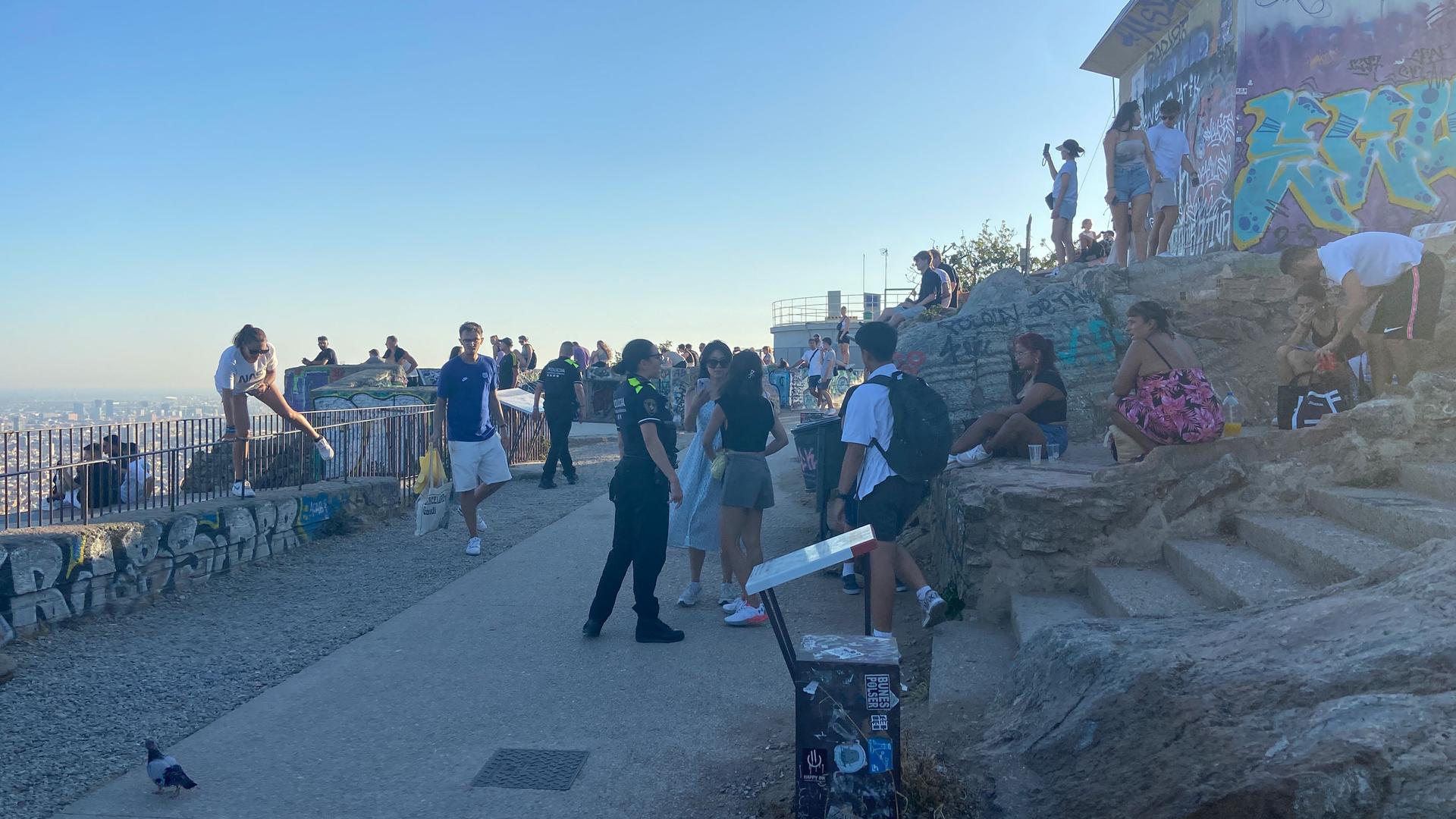
During the Spanish Civil War, there was an anti-aircraft battery up here. Now, it’s a city park and the place to go for sunset selfies, attracting people from all over the world.
The park never used to close at all. Today, police lock the high iron gate the city has installed around it.
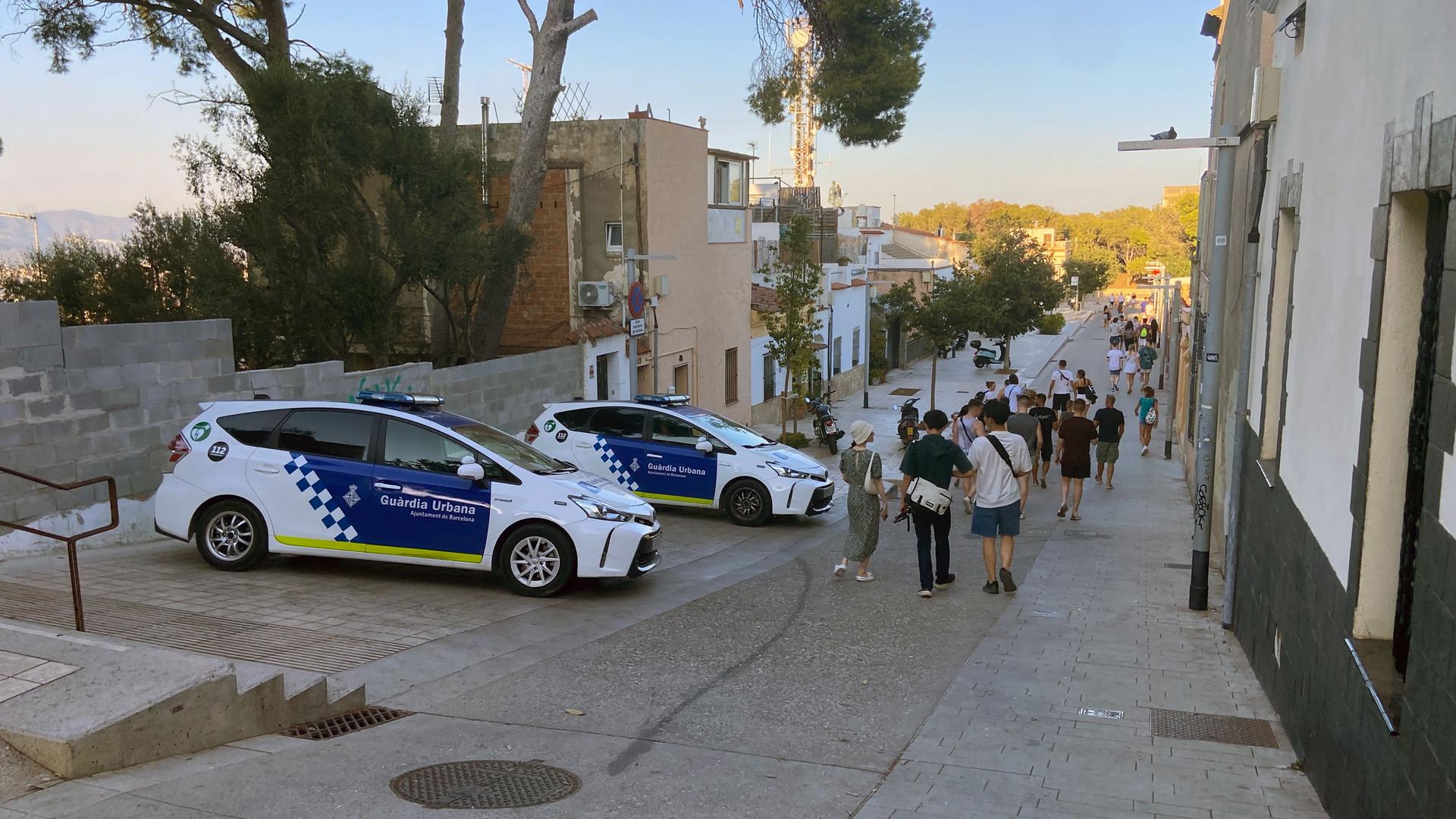
“I wish I knew that they’re closing early,” Canadian tourist Rala Liu said. “They should update their hours on Google Maps or something, so at least people know to come early.”
Yet, local residents said the measure has not made much of a difference.
“As soon as the police leave, they’ll be back,” said neighbor Nati Mesa, who was out walking her dog, Simba.
“They party up there all night,” she said, adding that the neighborhood bus is full of tourists.
“We actually live up here.” she said. “Sometimes, I can’t even get home.”
Fencing off popular spots is just one way the city is trying to rein in the party. It’s also banned organized pub crawls in the old city. Police dole out fines for indecent behavior.
No city can control its number of visitors, but there is an attempt to spread the tourists around to take the pressure off overrun areas.
On a recent day at the new Gabriel Garcia Marquez library in the San Marti neighborhood, it’s crowded — but mainly with locals.
Librarian Maemi Pons said she’s thrilled.
“Even if, at times, it gets a little noisy … we need to call for quiet,” she said, “but mostly, people here behave well.”
The city chose the site for the library some 20 minutes from downtown in a working-class neighborhood far from the tourism circuit — for now, at least.
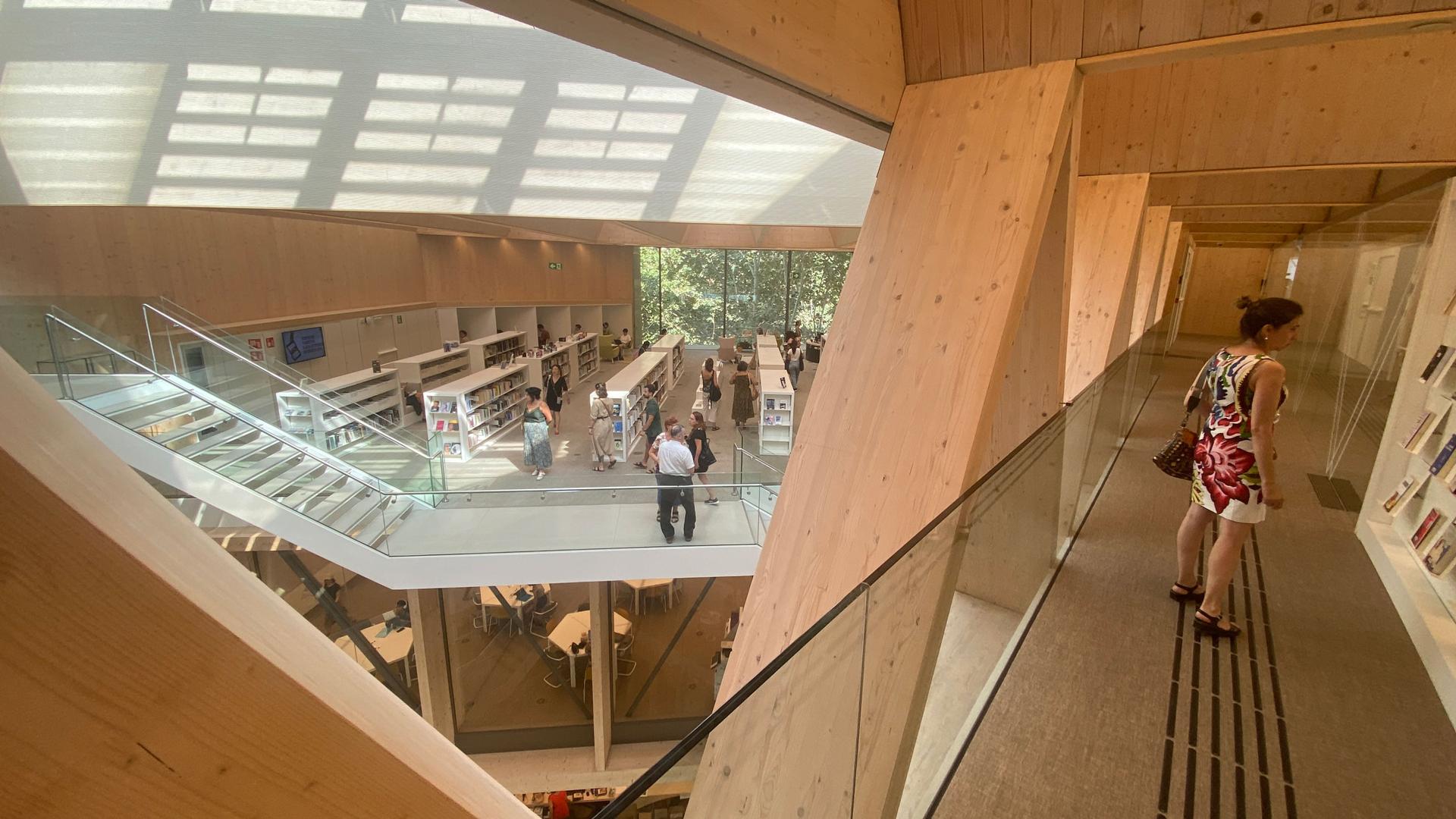
The wood-and-glass building just won an award for the best new public library in the world.
If it makes the listicles, the selfie mobs might just make the trek out here.
Like Merino’s overrun downtown deli, it may have to get creative to protect the residents who come here to actually use it.
